photo1x1.com
No longer a newbie, moving up!
- Joined
- Sep 14, 2016
- Messages
- 923
- Reaction score
- 289
- Location
- Austria/Europe
- Website
- www.photo1x1.com
- Can others edit my Photos
- Photos NOT OK to edit
Very sorry, I still have to disagree. Maybe it has to do with the place I live. The color temperature and the amount of sunlight here varies extremely throughout the years and between days. If the sun is out, the window light is harder in my experience, even when it doesn´t hit the subject.
In regard to "sunlight is free": the OP already has lights (probably energy saving bulbs), and these shouldn´t consume much energy, so it is almost free too.
In regard to "sunlight is free": the OP already has lights (probably energy saving bulbs), and these shouldn´t consume much energy, so it is almost free too.
I totally agree with everything except the lighting:
usually you want reapeatable conditions which you won´t get with natural light.
Flash is definitely by far the best solution, but with continuous lights and a solid tripod or similar you can extend the shutter speed almost infinitely. All you can´t do is photograph motion.
The sun shines daily at the same constant rate and is in a constant location with minor variations on a daily basis. Clouds can diminish the amount of light you get but the color temp is relatively the same. Sunlight is also FREE, to get and FREE to use. It provides what we consider to be the most "Natural" temp of light.
Strobes are convenient when needing to move or adjust them but color temp of flash tubes changes as they age. Color temp also changes with power settings. Monolights tend to have more color shift as the power is lowered than pack lights, but this is not an absolute. This is one of those cases where you get what you pay for.
Natural light is easy and simple to use and if one uses a constant gray card to set white balance adjustments in post are extremely simple and quick.


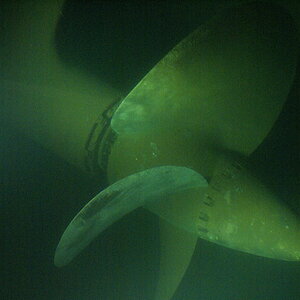
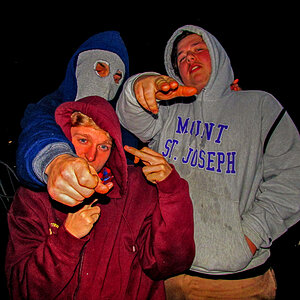

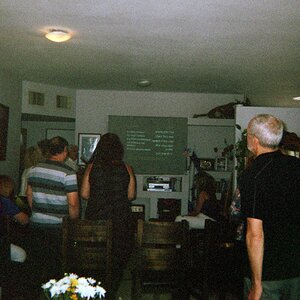
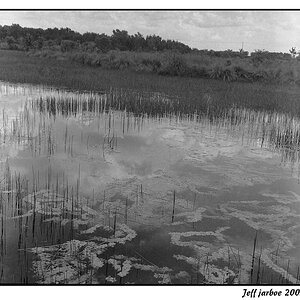

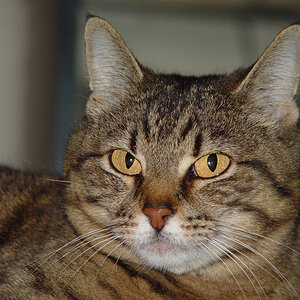

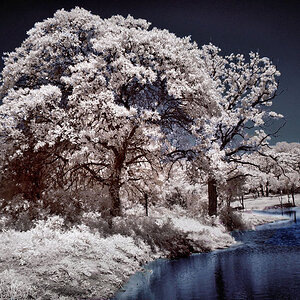
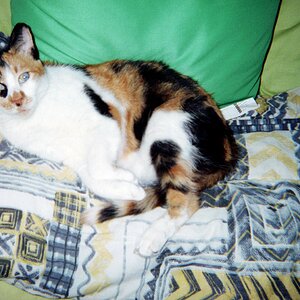
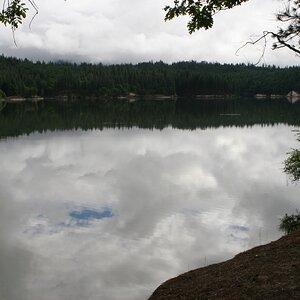
![[No title]](/data/xfmg/thumbnail/31/31743-3b294ee78fc71e7bfc025b01eafb0c2d.jpg?1619734986)